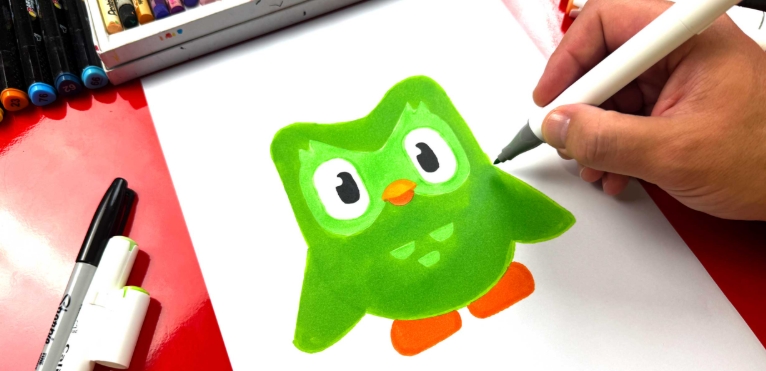Capturing Innocence: A Step-by-Step Guide to Drawing Children
Drawing children can be one of the most rewarding artistic challenges. Their unique proportions, lively expressions, and playful spirit make them a captivating subject. Whether you’re an aspiring artist or just looking to improve your skills, this guide will provide helpful techniques to capture the innocence and joy of childhood in your drawings.
Understanding Child Proportions
When it comes to drawing children, one of the first things to keep in mind is their proportions. Unlike adults, children have larger heads and shorter limbs. For example, a typical eight-year-old may have a head that is about one-third the total height of their body, while adults usually have a head that is one-eighth of their height. Observing these differences will allow you to render their forms more accurately and create a sense of realism in your artwork. Feel free to use simple shapes like circles and ovals to sketch the basic structure before adding details.
Capturing Expressions and Movement
Children are full of life. Their expressions can change in an instant, making it essential to capture those fleeting moments. Pay close attention to their facial features—eyes, eyebrows, and mouth often convey a wide range of emotions. Consider using quick sketches or gestures to practice capturing their movements. Do they giggle with delight as they play? Are they focused in a moment of concentration? Incorporating these small details can bring your drawings to life and instill a sense of motion.
Utilizing References and Observation
When trying to draw children, using references is invaluable. Whether it’s photos or even observing children in real life, having a reference helps you understand different poses, expressions, and proportions. Don’t hesitate to ask friends or family if you can sketch their children, as this can provide you with a relaxed environment in which to observe and draw. Keep a sketchbook handy to jot down ideas and practice regularly. The more you observe, the better you’ll become at interpreting the delightful quirks that make children so endearing.
In conclusion, drawing children is a beautiful way to tap into their vibrant spirit and innocence. By understanding their unique proportions, capturing their diverse expressions, and utilizing references for inspiration, you can enhance your skills and create heartfelt artwork. So, grab your sketchbook and let your creativity flow. Happy drawing!

